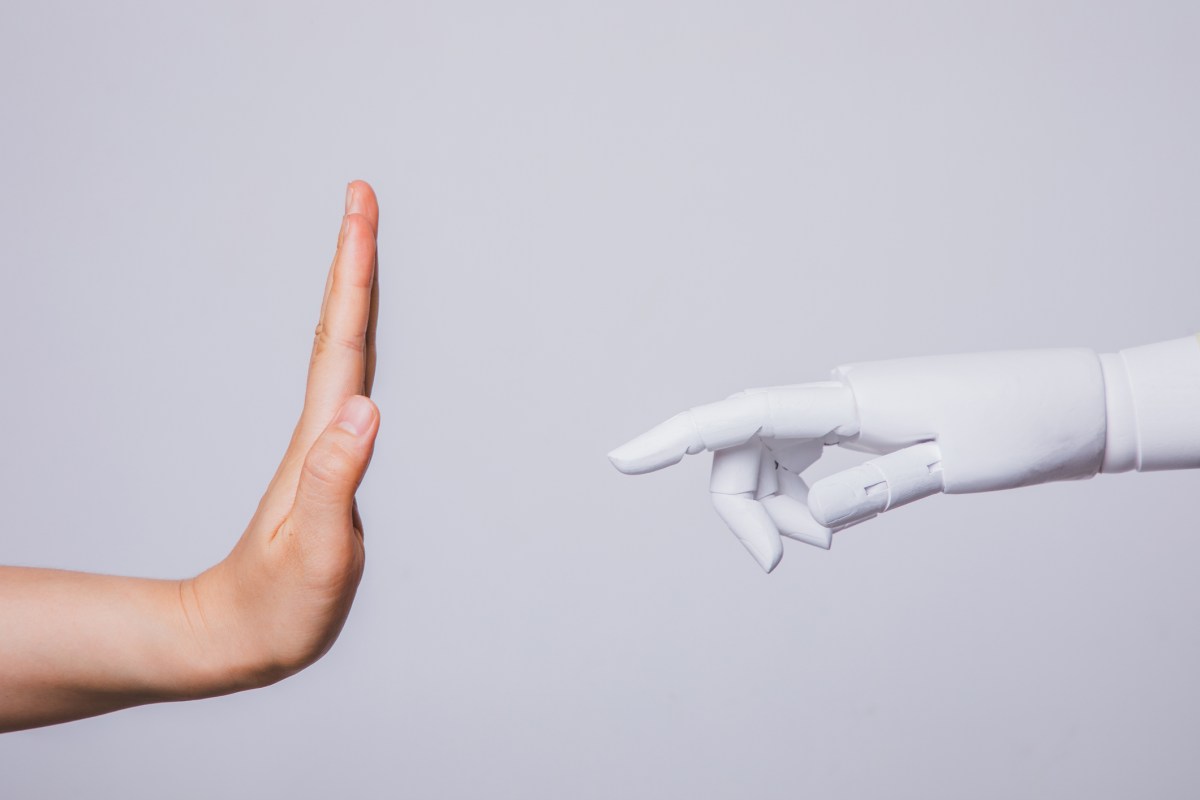CES 2025 was full of IRL AI slop

It’s 2025, and companies still don’t know what AI is good for.
That’s the impression I got from this year’s CES, which featured AI-powered kitchen appliances, baby cribs, and other products that really weren’t calling for AI.
See: Spicerr, an “intelligent” touchscreen-equipped spice dispenser that learns your taste as you cook to recommend unique recipes.
Spicerr’s utility is a little questionable to begin with. Spicerr doesn’t grind, and it takes $15-$20 proprietary capsules that can’t be refilled. Setting all that aside, were people really itching for a meal-suggesting salt and pepper shaker to begin with?
Elsewhere at the show, there was Dreo’s ChefMaker 2, an AI-powered air fryer. Yep, you read that correctly — AI-powered air fryer.
The concept isn’t as outlandish as Spicerr, mind you. ChefMaker 2 can extract recipes from cookbooks via a page-scanning feature, and even handle the tricky math of calculating cooking times and temps.
But is cookbook scanning really a feature the air-fryer-buying public demanded? Speaking as a member myself, I can’t say it’s ever occurred to me — and that appears to be true of most folks.
Remarkably, CES had even weirder AI products in store.
Razer’s Project Ava, inexplicably named after the killer robot in the 2014 movie “Ex Machina,” is an “AI gaming copilot,” as the company describes it. Ava basically plays games for you without actually playing games for you. With permission, Ava captures stills of your computer screen, then gives pointers (e.g. “Dodge when the blade spins”).
As The Verge’s Sean Hollister writes, Ava is controversial in that it was evidently trained on gaming guides, yet doesn’t credit the authors. It’s also distracting. At least in its current form, Ava is on a several-second delay, and it interrupts the game’s audio to give instructions.
I must ask once again: Who was clamoring for this, exactly? Who’s going to use it on a regular basis, much less pay for it?
So far as I can tell, the out-there AI products at CES are a symptom of the industry’s unrestrained hype. AI companies raised $97 billion last year in the U.S. alone, enough to buy 42 Spheres. Vendors are throwing AI spaghetti at the wall to see what sticks, because there’s little downside to doing so — and massive potential upside.
In many cases, they’re also running up against the limitations of AI as we know them. Figuring out which use cases of AI are technically feasible has been a formidable challenge for the industry. Often, it’s led to over-promising — under-delivering. ChatGPT still gets things wrong. Image generators are historically inaccurate. And characters in AI videos blend into each other’s bodies.
So we’re stuck with IRL AI slop: air fryers, spice dispensers, and “AI gaming copilots.” They’re not what most of us want, but they’re what’s possible today with relatively low R&D lift.
Here’s to a better next year.
TechCrunch has an AI-focused newsletter! Sign up here to get it in your inbox every Wednesday.



